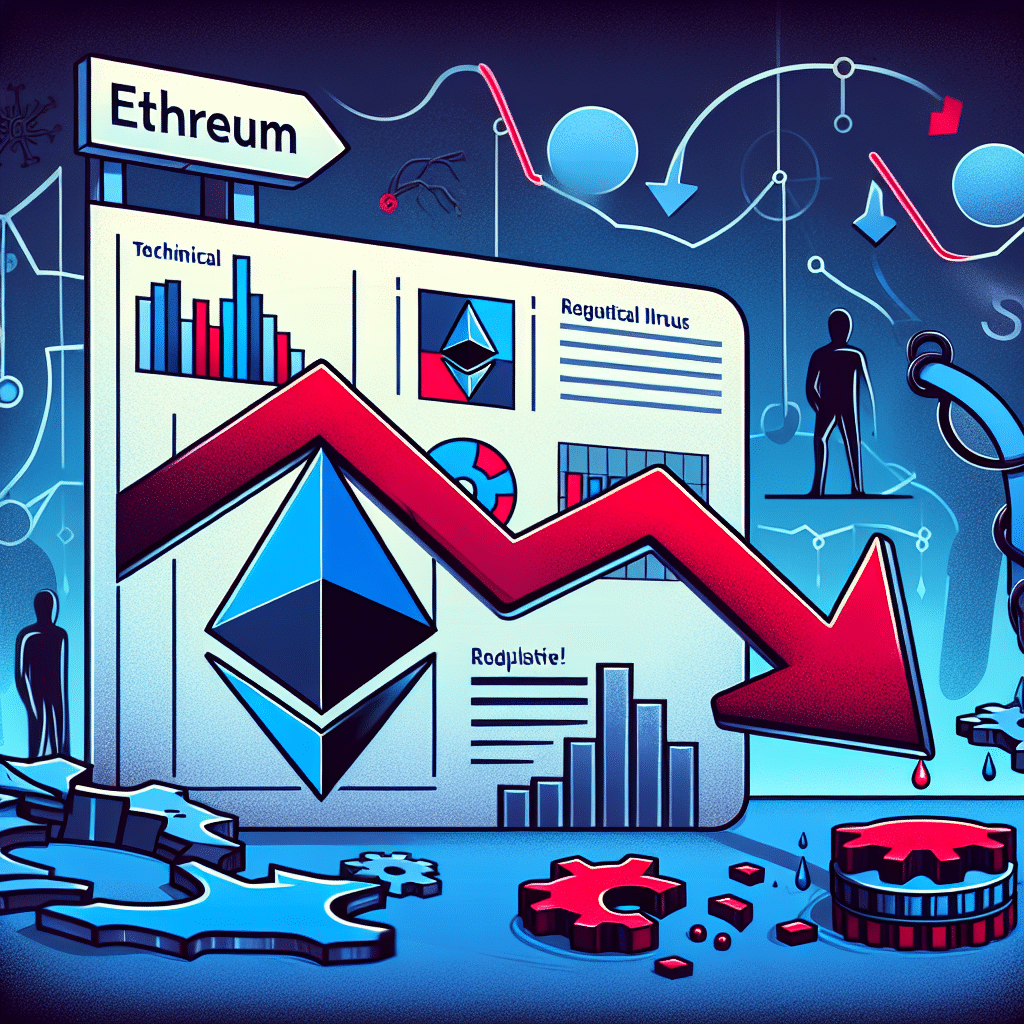In the rapidly evolving world of blockchain technology, the metrics by which we gauge success and growth are constantly expanding. One such metric, indicative of a platform or technology’s adoption and utility, is its user activity. Recent data from token Terminal has brought to light a remarkable phenomenon in the realm of Layer-2 solutions. Since March 2024, both the monthly active users and the daily transaction counts on these platforms have doubled. This surge underscores the escalating demand and implementation of Layer-2 technologies in enhancing blockchain efficiency and scalability. In this discourse, we delve into the implications of these figures and what they herald for the future of blockchain scalability and usability.
The Rising Tide of Layer-2 Solutions
Layer-2 solutions have emerged as a beacon of hope in the quest for blockchain scalability. By handling transactions off the main blockchain (Layer-1), they significantly enhance transaction speed and reduce costs, while still maintaining the security benefits of the underlying blockchain. The recent doubling in monthly active users and daily transactions is not just a statistic; it’s a testament to the growing confidence and reliance in Layer-2 technologies. This trend is indicative of an accelerating shift towards more efficient, sustainable, and user-friendly blockchain interactions.
User Engagement and Transaction Volume: A Dual Growth Phenomenon
The dual increase in user engagement and transaction volume is particularly noteworthy. It reveals that not only are more individuals adopting Layer-2 solutions, but they are also using them more frequently. This suggests a strengthening of the ecosystem, with users finding increasing value and utility in these platforms. The symbiotic relationship between user engagement and transaction volume is crucial for the long-term health and development of Layer-2 technologies. It reflects a growing user base’s needs being met with efficiency and innovation.
The Impact on Blockchain Adoption
The surge in Layer-2 activity has significant implications for the broader adoption of blockchain technology. By addressing key concerns such as high gas fees and slow transaction times, Layer-2 platforms make blockchain technology more accessible and appealing to a wider audience. This, in turn, accelerates the adoption of blockchain technology across various industries, opening up new vistas of possibilities for decentralized applications (DApps) and services. The increasing activity on Layer-2 platforms can be seen as a direct contributor to the maturation and expansion of the blockchain ecosystem.
The Future Directions of Layer-2 Innovations
As we witness this notable rise in Layer-2 adoption, it becomes imperative to ponder the future trajectory of these technologies. This uptrend prompts the question: what innovative developments can we anticipate in the landscape of Layer-2 solutions? With the growing interest and investment in this domain, we can expect to see advancements that further reduce latency, enhance security, and broaden the scope of applications. Moreover, as interoperability becomes an increasingly valuable facet of blockchain technology, Layer-2 solutions that facilitate seamless interaction between different blockchains will likely see a rise in prominence.
The conclusions drawn from the token Terminal data are clear and compelling. The doubling of monthly active users and daily transaction counts on Layer-2 platforms since March 2024 signifies a pivotal moment in blockchain evolution. This trend points towards a future wherein blockchain technology becomes more ingrained in our digital lives, powered by the efficiency and scalability offered by Layer-2 solutions. As we move forward, the focus will undoubtedly remain on how these platforms can continue to evolve to meet the growing demands of the blockchain community, ensuring that blockchain’s potential can be fully realized in a way that is accessible and beneficial for all.
